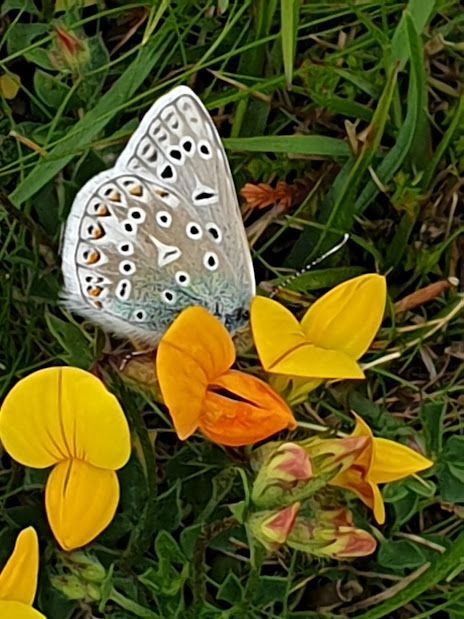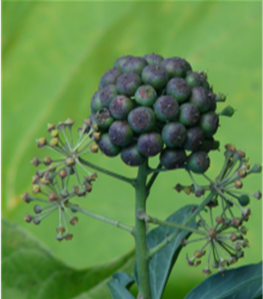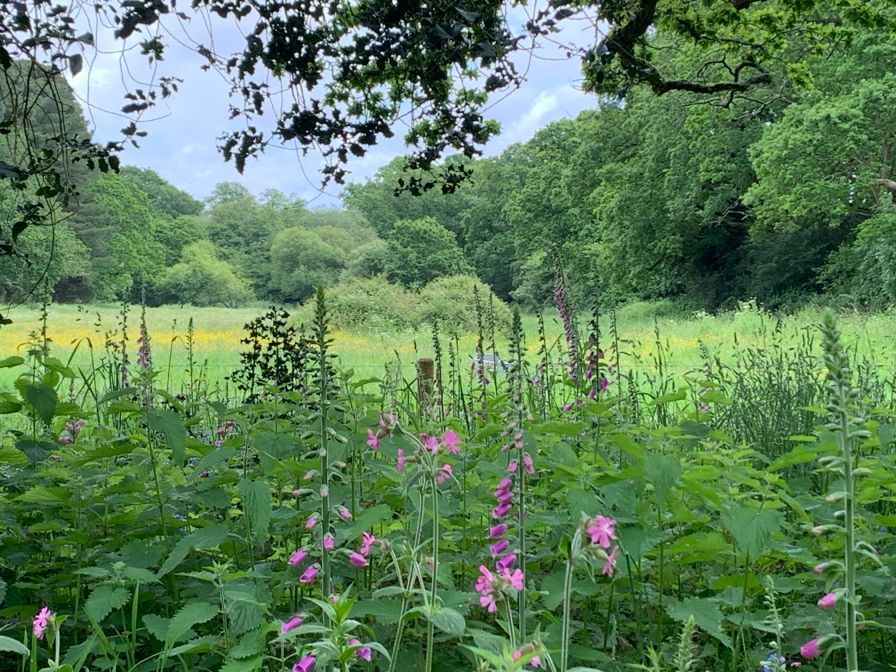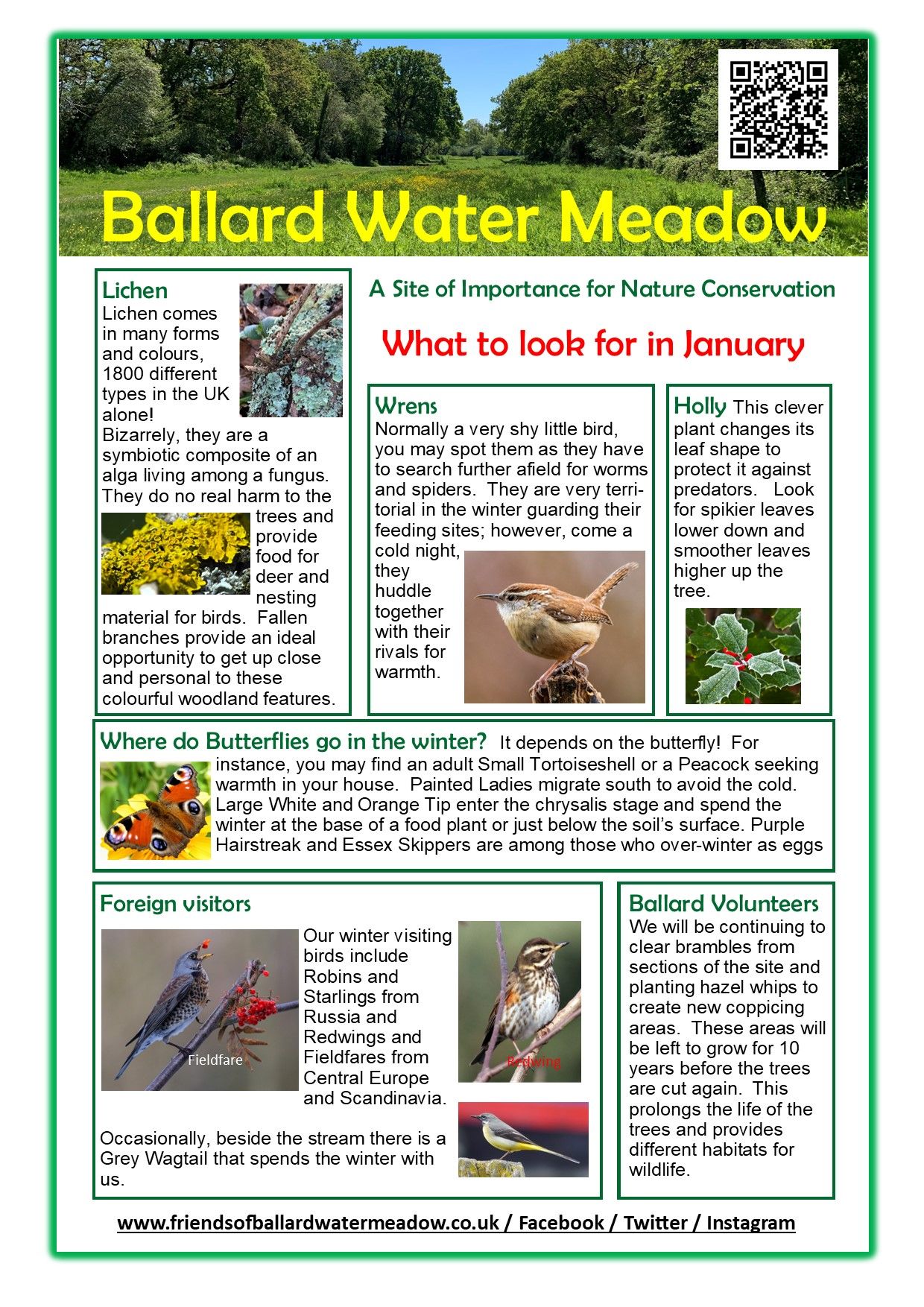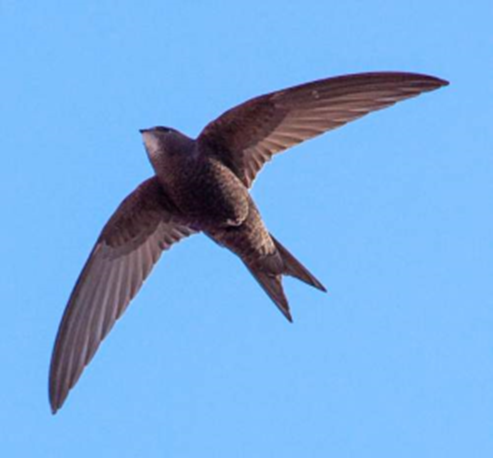Longmeadow: A Conservation Connection Project
As a member of Conservation Connection, New Forest South, we have been involved in the creation of a wildflower meadow at Longmeadow, New Milton.
CONSERVATION CONNECTION
NEW FOREST SOUTH
DEMONSTRATION WILDFLOWER MEADOW No 2
LONG MEADOW VILLAGE GREEN
BARTON ON SEA
NEW MILTON
INTRODUCTION
For a number of years New Milton Town Council have been managing small areas of former grassland as wildflower plots, in a number of locations around the town. Three small areas were set-aside on Long Meadow in 2018. These were rotovated and sown with a seed-mix which established over a couple of years. In 2021, the Town Council approached Conservation Connection New Forest South with a view to the group taking on the re-establishment and future management of these plots on Long Meadow. As this was to be volunteer effort, it was agreed that only one plot to the north of the stream, would be re-established, but made larger in size.
The small area to the north of the stream was rotovated by New Milton Town Council during the first week of April 2022. Seed was purchased along with some fine, kiln-dried sand and, on 9 April armed with buckets, a group of volunteers assembled on-site to sow the sand/seed mix across the wildflower plot.

Wildflower Plot - before rotovating.
ESTABLISHMENT
Native wildflower seed sourced in the UK was used, comprising around 75% grass species and 25% native wildflowers. This mix emulates a wildflower meadow, which is grass dominant. The seed is mixed in a ratio of about 1:2 with fine, kiln-dried sand. For broadcasting, this gives bulk to a handful and also shows on the ground where the mix has been sown. String lines at 2m spacing were laid to assist in spreading the seed/sand mix evenly. Each person then started at the furthest point and grabbing handfuls of mix from the bucket, worked slowly backwards between the string-lines, distributing seed/sand as they moved.
All equipment was cleared away and it was now in the “lap-of-the-Gods” to provide rain and warmth to allow the seeds to establish and germinate.

Wildflower Plot - sown 9 April.
RESULTS
The plot established during the spring. There was a much higher proportion of Corn Marigold than would normally be the case. This is an annual with long-lived seed and rotovating the soil after a couple of years rest, exposed a mass of this seed. Other annuals like Cornflower, Corn Cockle and Corn Chamomile were sparse. We may have been provided with a poor seed batch, or the sowing rate (grams per square metre) may have been too low. However, a number of perennial species like Cat’s-ear, Oxeye Daisy, Pignut, Knapweed, Fodder Burnett and Bird’s-foot Trefoil have established well. These species, along with the grasses like Smooth Meadow-grass, Sweet Vernal-grass, Yorkshire Fog and Red Fescue will become dominant over the next few years.

A sea of yellow Corn Marigold - July 2022.
Perennials take time to bulk-up in the soil and it is rare they flower in their first year.
2022 was an exceptional year; the hottest on record (40.3°C recorded in Lincolnshire) and the driest since 1976. The wildflower plot flowered early and set-seed early. Some rain at the end of July didn’t soak-in too far, but the shallower-rooting grasses took advantage of this and the brown, scorched-earth began to green-over. By the time the plot was due for cutting, a few Cornflowers had germinated – a second chance.

Wildflower Plot - prior to cutting - September 2022.
MANAGEMENT
The wildflower plot is an embryo meadow. It takes a number of years to be fully established with a broad range and diversity of perennials. Grasses will always dominate, but there will be a balance struck over time.
Initially (in a normal year) growth will be lush, as nutrients in the soil are high, giving plants a boost. Many of our more delicate wildflowers do best on nutrient-poor soil. One way of reducing the nutrients is to allow the plants to grow, then cut them down when tall and clear away the cut material (the arisings). Cutting tall vegetation requires specialist mowers or powered brushcutters/clearing saws as normal mowers won’t cope. By cutting tall, then clearing-up, this distributes seed and any small crack or patch of bare ground will allow new plants to get a foothold and with the right conditions, germinate. It also allows invertebrates to scuttle away as they are dislodged from stems during the cutting/clearing-up.

Wildflower Plot - cut and cleared.
In 2022 the whole plot was cut on 1 and 3 September and cleared-up on the second visit. The arisings were placed on habitat piles; sacrificial areas strategically located on the edge of the plot. These gradually rot-down over the autumn and winter, but in doing so, retain a small amount of warmth relative to the more open areas. This is ideal for a whole range of wildlife species from invertebrates, reptiles, frogs and newts, to small mammals, to stay safe and undisturbed throughout the winter period as they become less active or go into hibernation.
Once cut and cleared the plot will stay undisturbed until it is cut and cleared in late summer 2023.
A narrow 1-2 metre margin of Long Meadow grassland and wildflowers, has been left uncut by New Milton Town Council adjacent to the plot. It is hoped that the wildflowers here (particularly Pignut and Knapweed) will disperse seed into the plot if this continues to be left to grow during the spring and summer.
ACKNOWLEDGEMENTS
Conservation Connection would like to thank New Milton Town Council for initially offering this plot to the group. Thanks also go to the Friends of Ballard Water Meadow for loan of equipment and volunteer help during sowing and harvesting, and to other, local Barton on Sea residents who came along to sow the seed in April and to help clear-up in early September.
Bob Lord
Chairman
Friends of Ballard Water Meadow
and Conservation Connection New Forest South (rep)

